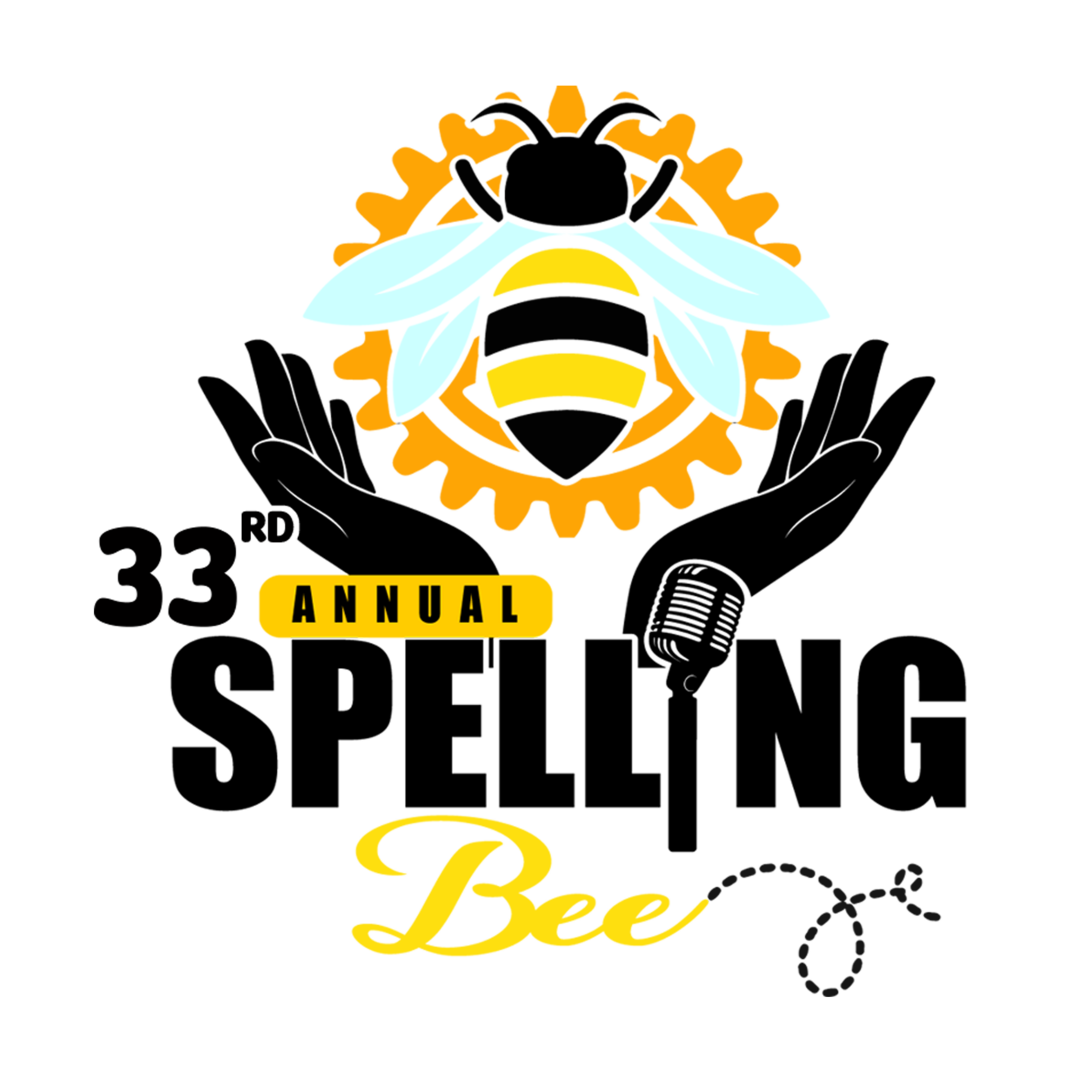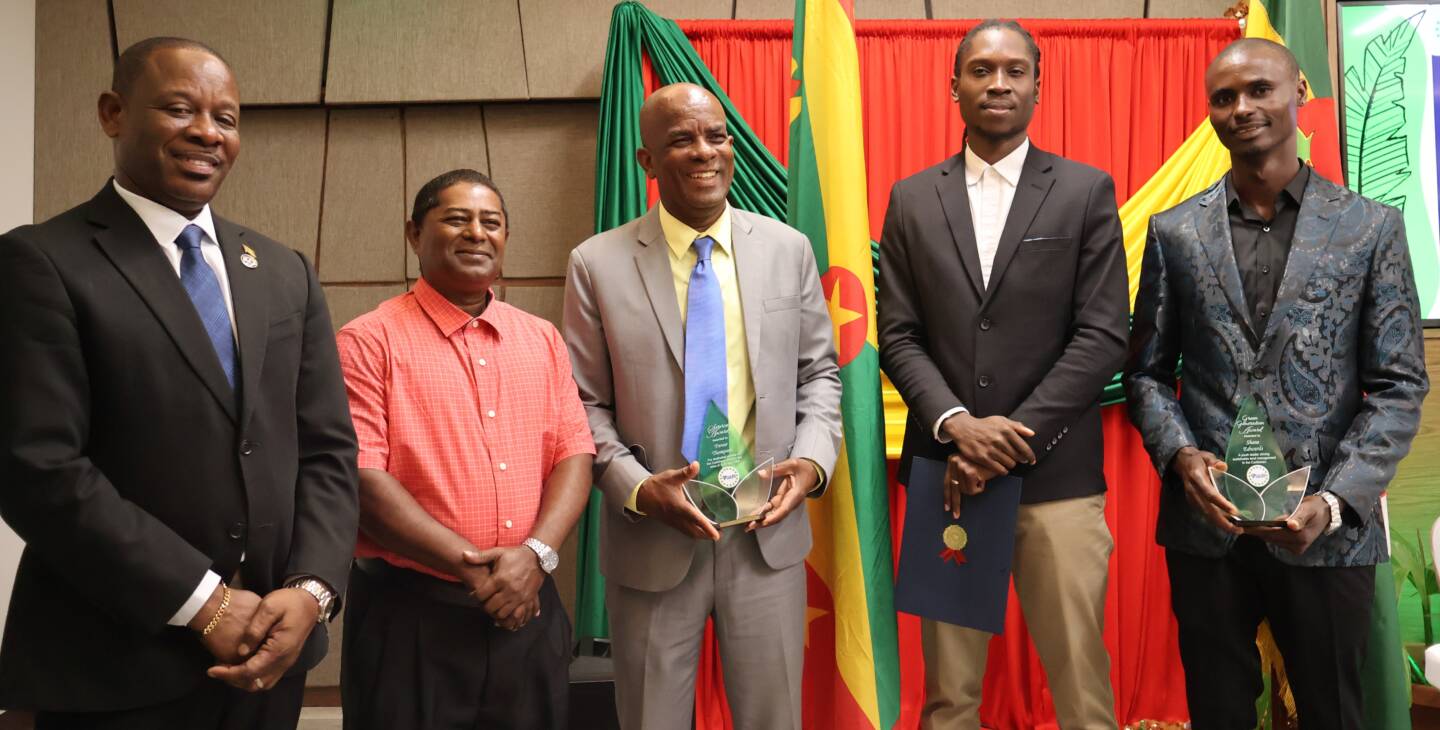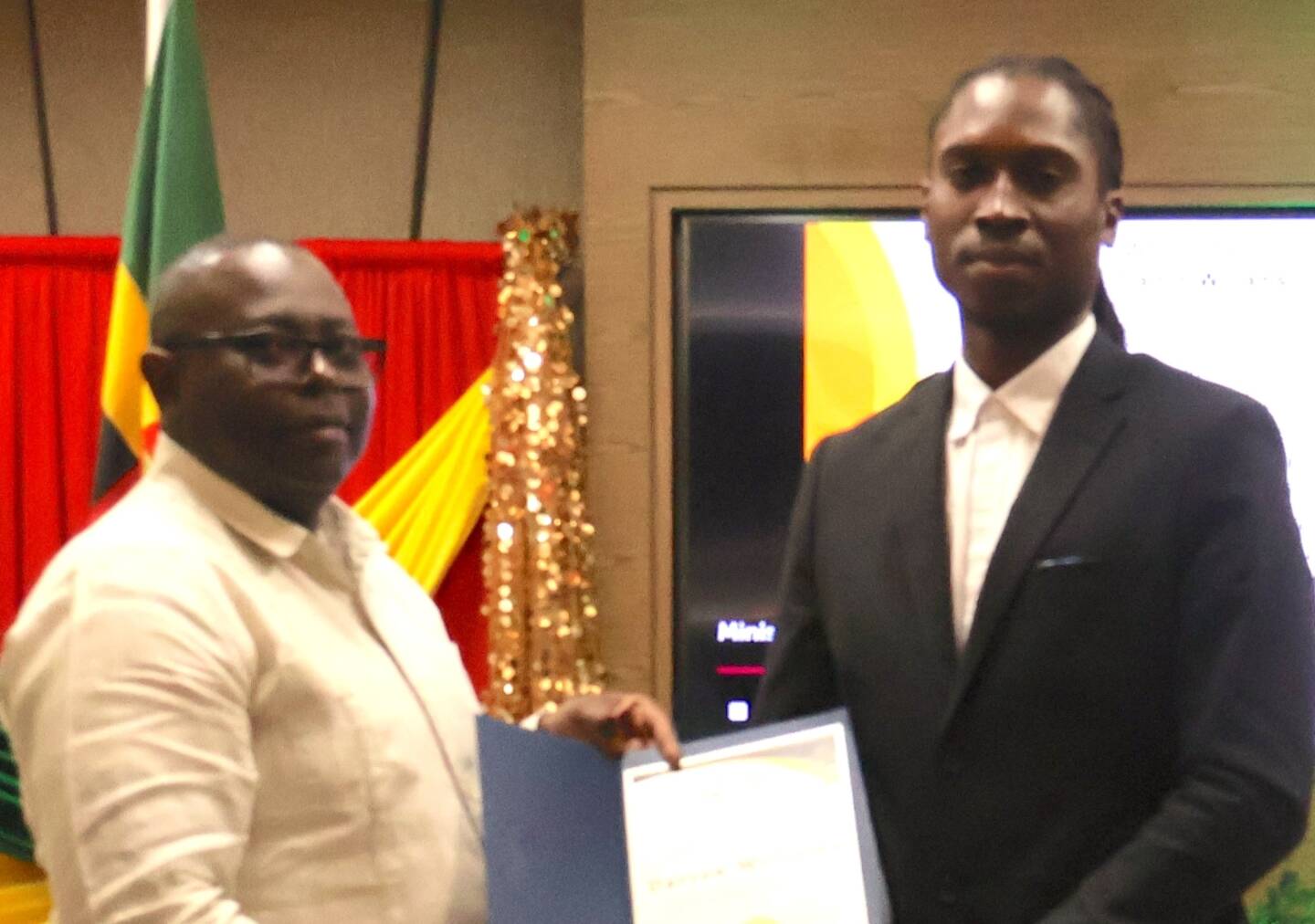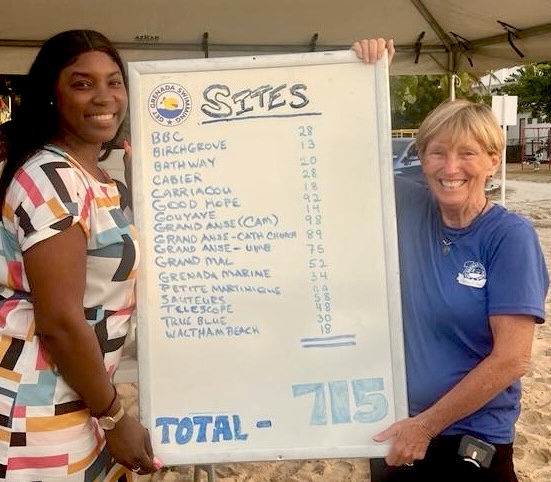by Stephen Kelvin Jacob
Wilt “Tallpree” Cambridge: Contributions to Soca Music and the Jab Jab Movement in Grenada

Carnival began in Grenada in the 17th century and was heavily influenced by the French and African slaves (Liverpool 97). The festival has grown over the years to a very unique one with colorful costumes, competitions and an outpouring of talent from the nation’s people. Spicemas, as the festival has been branded, is celebrated in the second week of August. It attracts people from all over the world to share in the artistry, uniqueness, and vibrancy of the nation’s people; but what resonates with visitors the most, at the end of the festival, is the Jab Jab at Jouvert.
The word jab is French patois for “devil”. The jab jab (devil, devil) or jab molassie (molasses devil) is a mas that was born on the sugar plantation during slavery (Henry 39). In Grenada, it is believed that the Jab Jab portrayed the spirit of a slave who met his fate when he accidentally fell (or may even have been pushed by his white master) into a copper of boiling molasses; hence molassie the French word for molasses. His ghost comes back every year during carnival to torment his former master (Mark 2012).
During slavery, carnival was celebrated openly by the French and English planters at huge masquerade balls and dances; the slaves were forbidden from taking part in these festivities but always devised ways to rebel and resist against the shackles of slavery. They engaged in their own form of “carnival” but confined themselves to the plantations (Liverpool 91). In Grenada, when slavery was abolished on 1 August 1838, the ex-slaves took to the streets with the the mas know as jab jab and other forms of masquerade in celebration of their freedom. They covered their bodies with grease mixed with coals dust, black oils, molasses, and wore horns on their heads, chains and padlocks on their bodies, chanting and singing to the rhythm of the drums.
Since there have been much debate over the years as to whether jab jab mas is Grenadian, I must make this point. If we study the origin of the mas we would realize we cannot claim it as being ours, as slavery existed in many other Caribbean islands and the practices were the same or very similar. What we have done differently from the other islands, is to maintain and refine the tradition especially through the Jab Jab Music. In light of this, we can convincingly say jab jab mas is unique to Grenada but we cannot claim it as indigenous. That is why today, in honour and memory of their enslaved ancestors, the Grenadian masquerades have continued the tradition of authentic fashion complete with greased bodies from used engine oil, chains, whistles, horned helmets, serpents around the neck, coffins, and any kind of prop that portrays the devil. This is accompanied with the blowing of the conch shell and beating of the unique Jab Jab Rhythm on drums. So despite the challenges the mas faced to stay alive, today it is widely accepted that the mas is unique to Grenada.
A variety of the jab jab (an early form of “pretty mas”) is found in Trinidad where the costume is comprised of a full-bodied black satin suit with colourful stripes and a tail with horns on the head and a whip in the hand (Frederick 12). This variety of jab jab in Trinidad was outlawed in Grenada in 1970 because it inflicted severe injuries on masqueraders during the mocked battles and turned out in riots (Payne 10). Under the governance of Eric Matthew Gairy, the 1973 amendments to the 1958 Carnival Regulations Act stated that during Carnival “no person shall play the Masque known as “jab jab” or “vie cour”(gov.gd). This ordinance, however, did not stop the masquerade entirely. By this time, the jab jab which was banned, merged with the jab molassie and took to the streets demonstrating their passion for carnival and more so jab jab.
The musical band Moss International helped the movement in the parish of St. Andrew where they were based and by extension the entire island, with the recording of the first jab jab song in 1991. The jab jab became a more contemporary part of Grenada’s Carnival celebrations with the innovations of the Charles Brothers and calypsonian Lennox Douglas, commonly called Singing MC, providing lead vocals recorded the classic jab jab tune, “Jambalasie”. It was also a first for the conch shell, a major element of jab jab, to be recorded in song. The song which was based on the struggles of the people taking them back to plantation life, political and social issues went on to prove the power of the Jab Movement by easily winning the coveted Road March title that year (Mitchell). Moss International, being credited as the originator of Jab Jab Music, paved the way for Tallpree who is today called the King of Jab.
Wilt Cambridge popularly known as Tallpree, was born on 29 July 1973, in the Village of Vendome on the Spice Island of Grenada. He began his musical career in 1989 with the genre of dancehall music and at that time was known as Mr Evilus. For many years in Grenada he performed as a dancehall artist getting his start by hitching rides from his home in St George to anywhere he could get a chance to perform and be heard on the microphone. He performed at the opening act in dancehall shows for many of the “big name” artists like Super Cat, Maxi Priest, Barrington Levy, Beenie Man, Bounty Killer and Buju Banton, when they held shows in Grenada. His performance as an opening act at these shows earned him a place to perform in a clash with Merciless and Sean Paul in Grenada (Tallpree: Personal Interview). Tallpree alluded that as a dancehall artist he was inspired by Bounty Killer because his lyrics shared a political message that spoke for the poorer class in society with whom he (Tallpree) identified. According to Tallpree, his repertoire of dancehall songs which were used mainly for performances but were never recorded included: “Old Telephone”, “Bob Marley”, “Mi Big Gun”, “White Woman” and “Them nuh Smart”.
In 1997 while remaining Grenada’s number one dancehall artist, Tallpree made the switch to soca with the song “Ram-e-Deh”. In 1998 he gave his fans “Pound-a-Rice”, which paved the way for his 1999 hit song, “Old Woman Alone”. This song, accompanied by an elbow swinging dance and well-known introductory line, “whey de jab jab posse dey”, was a great appeal for the jab jab to organize themselves and “play a mas”. The song also gave Tallpree new recognition becoming a favorite among older women, especially after his performance at the International Groovy Monarch in Trinidad and Tobago in 2000, where he placed third. The song went on to dominate the soca scene across the Caribbean and enjoyed the same success in the diaspora of Miami, New York, Washington DC, Toronto, and London. Tallpree’s success has inspired other calypsonians and soca artists to create music on the jambalassie rhythm. Artist such as Mario Castle contributed “Jab Jab we Coming”; Papa Jerry,“Oh Baby”; Inspector, “Best Part”; Zingo, “Good Morning”; Eggies, “Jab Jab”; General PP, “Never say Never”.
According to Tallpree’s manager, Dexter Mitchell, it was out of that ban placed on jab jab in 1973, and the forceful reactions of the people to keep the mas alive, that inspired Tallpree to sing, “The Grave, the Jail, and the Hospital” which won him the Road March in 2000. The refrain “Mama three things ah doh fraid, the grave, the jail, and the hospital”, ignited revelers to take to the streets in record numbers to play mas (Mitchell). Despite the song had a nice jumpy beat, embedded with call and response, it addressed the serious social issue of poverty in Grenada. It must be made clear that the Jab Movement was not dead in the years preceding 2000, but Tallpree reinvigorated the masquerade through his musical endorsement. From thence, the Jab Movement in Grenada gained more popularity and began to grow throughout the island into a very unique Mas. Persons playing in Jab Jab bands grew in many villages like Vendome where Tallpree is from, Pedmontemps, Requin, and Chantimelle, composing songs and practicing for the upcoming carnival. Costume modifications were made and the music now being played by DJs, began replacing the goat skin and plastic drums, as well as the plastic buckets, and biscuit tins that were traditionally used.
In 2003, he was crowned Soca Monarch King with the song “Carnival Madness”. He has continued to put out big tunes such as “Jennifer”, “Invasion on the Rags”, “From de Heart” and “Miss Antisocial”. More recently, he has thrilled his fans with songs like: “Drunk Man”, “Jab all Over”, “Lighters” (with Nadia Batson), “Oildown”, “Bad like We”, “Mash it Up” (video with Patrice Roberts), “Jab Jab Nation”, “Jab Jab Business”, “Jab Fork”, “Ole Mas”, “Long Time”, “Jab Therapy”, “King Jab”, “Thief ah Wine”, and “Doh hold Meh Back”.
In 2008, Tallpree took a break from Soca Music and started driving a mini bus. At the same time, he tried his voice at a different genre of music, Calypso. He released two Calypsos: “Leave Soca Music to Drive Maxi,” and “I’ve Tried.” He keenly hoped to perform these at Dimanche Gras, but his calypso journey was cut short at the semi-finals, where he placed 11th, making him the stand-by.
Tallpree established his Preeday concert in 2011, which is held on the Wednesday preceeding the highpoint of Spice Mas. The annual event has grown to become one of the premium events on the menu of Spice Mas, attracting top local and regional artists. In that same year, Tallpree was among eight Grenadians honoured by the Ministry of Culture under its newly launched Cultural Ambassador Program. The objective of the program is to recognize outstanding Grenadians for their significant contributions to the development and promotion of Grenada’s culture. Senator Arley Gill, the Minister responsible for Culture at the time said that “Tallpree was selected because of his invaluable service toward the development of Soca Music, locally, regionally, and internationally. His music is a phenomenal representation of Grenada’s culture and this makes him worthy of being a cultural ambassador” (gov.gd). In accepting the award of cultural ambassador Tallpree asserted, “It’s always good to represent Grenada; I do it from my heart, conferring this is just another milestone, so it makes me feel real good. I think it was overdue” (gov.gd).
Tallpree thrilled the organisers and spectators at Berlin 2015 Carnival. He performed at various events bringing the Grenadian flavour and energy to Germany. According to Dexter Mitchell, the organizers were very happy to bring Tallpree to Berlin, who delivered a performance full of Caribbean power and energy. He moved the crowd with his unique style bringing a taste of spice into Berlin culture. Tallpree himself was delighted by his performance, and the show of support he received from the people despite the language barrier. He agrees that the Berlin experience will last with him for his lifetime. The crowd of thousands as they reacted to Soca Music, sang along to the punch lines, and danced to the different songs he gave them amazed him. Tallpree is optimistic that the reaction from the German crowd shows that Soca Music is on the upward trend. For Tallpree, it was a wonderful feeling to see that the energy of the people in the soca fetes is very similar to any soca fete in the Caribbean (Tallpree: Telephone Interview).
Tallpree has become a household name locally, regionally, and internationally. He continues to receive high praises worldwide for his undying commitment to the development of the Music Industry and the Jab Jab Movement in Grenada. He must be commended also for his ability to mask into three different genres of music almost flawlessly. There is no doubt that Jab Jab music and the mas itself is on the rise and many of our and upcoming artist are following in the footsteps of Tallpree.
Many would agree that Tallpree is responsible for taking Grenada’s soca music where it is today. According to Dexter Mitchell, “Tallpree’s international success has given Grenada’s jab jab and jouvert an appeal that is once again allowing us to distinguish ourselves with a product that can stand out among the many carnivals taking place in the region and beyond” (Dexter Mitchell: Telephone Interview). Another very popular Grenadian artist, Fimber “Shortpree” Andrews shares the same sentiments, “Tallpree is responsible for getting the jab jab music and vibes out of Grenada and into the mainstream market of soca in the Diaspora and other carnival destinations” (Fimber Andrews: Telephone Interview). Shortpree made a name for himself this year, performing at the International Soca Monarch in Trinidad, after winning the Groovy Soca Monarch in Grenada in 2015, with a song paying tribute to the jab jab, “Dis Mas”. Shortpree went on to say, “Tallpree has inspired me from my teenage years to the point where I’ve learnt and performed all his jab jab songs for audiences island-wide; he gave me the name Shortpree for the said reasons” (Fimber Andrews: Telephone Interview).
Tallpree recently performed at the Original Cocoyea’s Easter Monday fete in London. With Carnival being launched on 2 April 2016 in Grenada, an applauded early launch; we can only expect great things from the gifted, humbled, King of Jab, this year based on the music he has released thus far. His fans will be thrilled with songs like: “Doh Touch Me” on the Sick Jab riddim which has an irrepressible vibe, and “We Dirty”on the Jumbie Jab riddim which adds a new element of blended electronic dance music beats to the traditional Jab Jab Riddim. We can also expect to see a number of sizzling collaborations with other international and regional artiste: a remix of the 2015 double entendre “Sugar Cane” with Psycho Bob, “Born Mad” with Slammer Cutter from Toronto, “Fraid Jab” with Trinidadian radio presenter and soca artist Shal Marshall, and “Powder”, an energetic power soca duet with Nadia Batson from Trinidad.
Works Cited
Cambridge, Wilt “Tallpree”. Telephone Interview. 2 November 2015
Frederick, Edward. “Grenada Carnival 1934–1983.” A paper Commissioned by the Grenada National Museum for Reviving Our National Culture. 1983. Print.
Gov.gd. “Carnival Rules”. 13 February 1973. 30 November 2015. Web.
Gov.gd. “From Soca Artiste to Ambassador”. 12 July 2011
Liverpool, Hollis “Chalkdust”. Rituals of Power and Rebellion. The Carnival Tradition in Trinidad and Tobago, 1763–1962. Chicago, IL. Trinidad and Tobago Research Associates School Times Frontline Distribution 2001, 2001. Print.
Mark, Joachim. “An oral history of the Caribbean island of Grenada”. 29 Aug. 2012. Web.
Mitchell, Dexter. Telephone Interview. 13 December 2015.
Payne, Nellie. “Grenada Mas 1928–1988.” Paper Commissioned by the Extra Mural Department, UWI, St. George’s Grenada. 30 November 1988.
“The MC Who Became a Singer.” Madeingrenada.com. 24 November 2015. Web.























